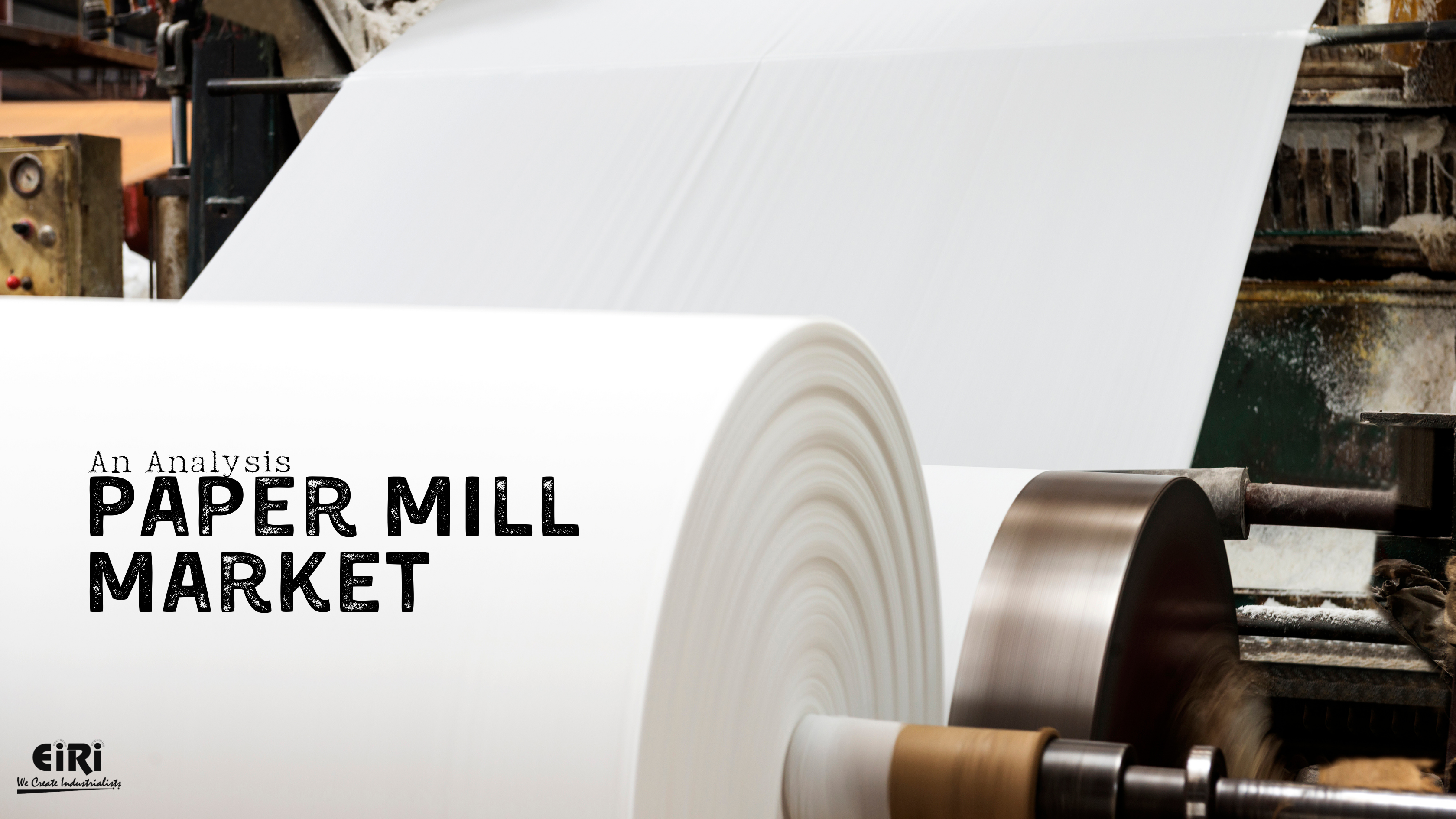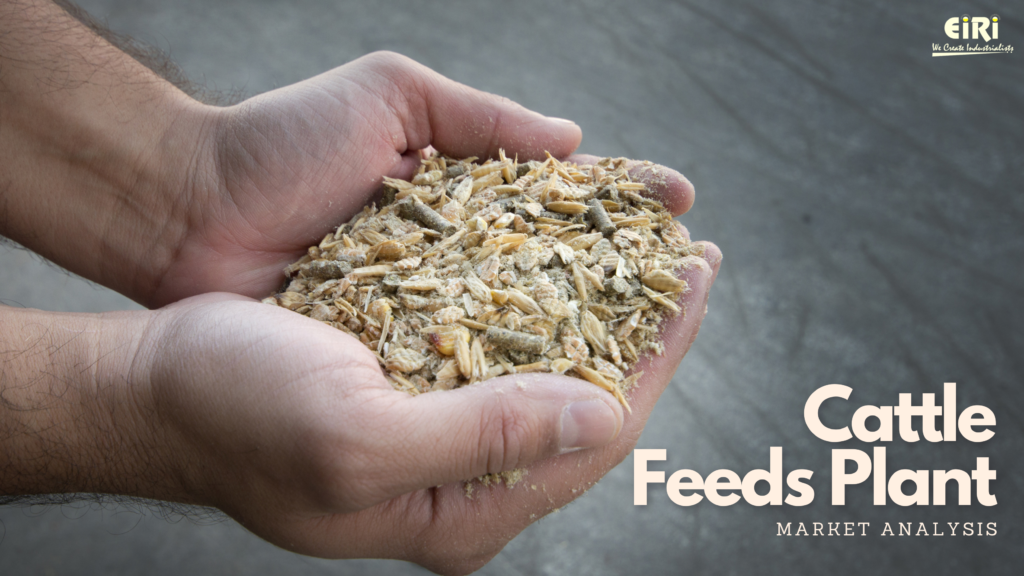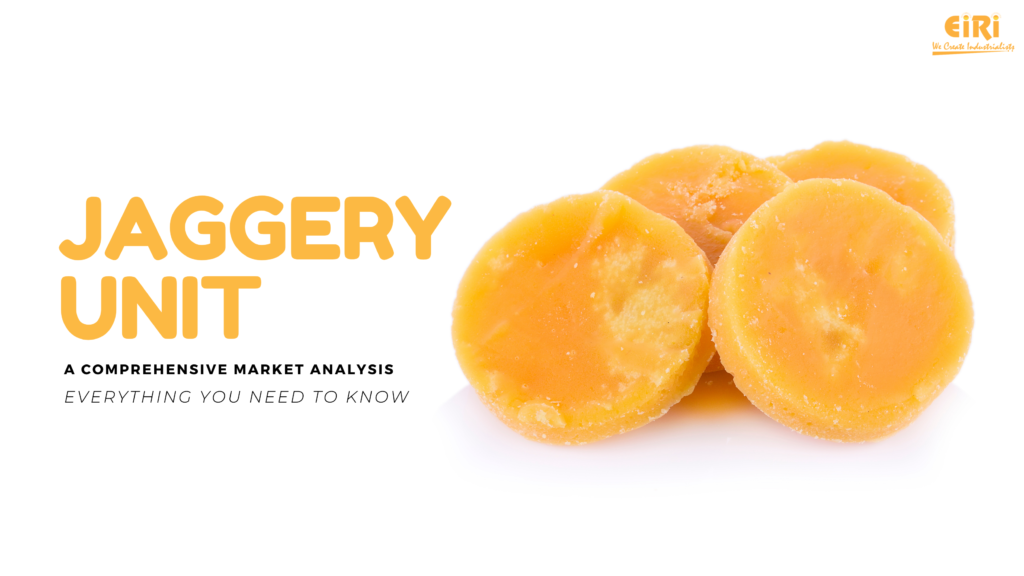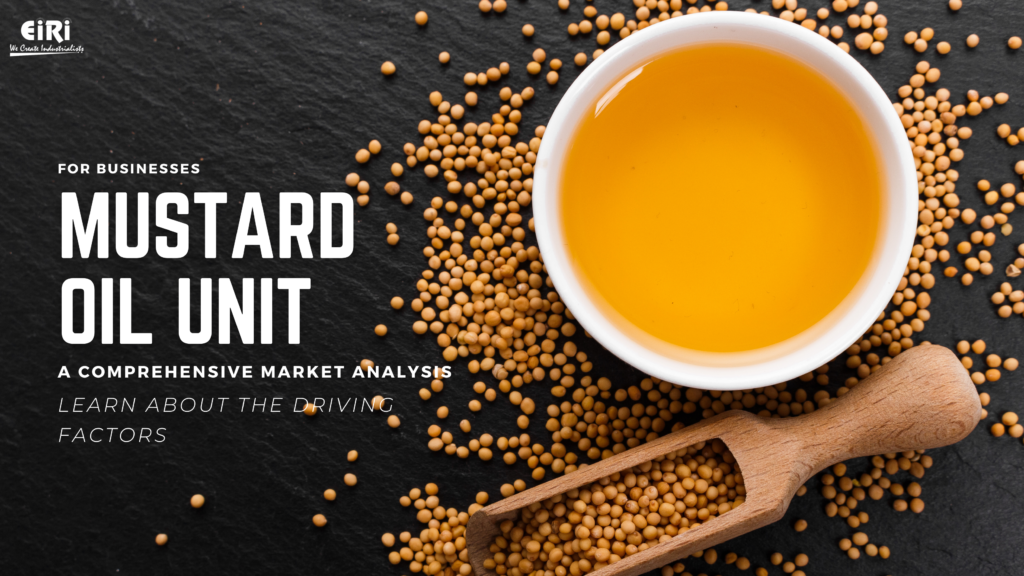Exploring the Growth and Opportunities Within Paper Mill Industry – Kraft Paper, Duplex Board, Art Paper, Maplitho Paper
Amidst excessive digitisation, the paper industry seems to take a back seat. Wait, really? Well, if someone has been pressing the issue of a paperless office, then this would indeed be the case. However, the fact that paper is employed across disparate applications to accommodate the unending line of products speaks of its unmatched capabilities.
Researchers at McKinsey & Company reveal that apart from Graphic paper (newsprint and general print), almost every segment has witnessed a healthy surge. They emphasise the growth of the packaging industry and how the associated carton- and container-boards have had an average CAGR of 3% and above in the 21st century. Tissue paper has also witnessed constant growth, especially in the Asia Pacific and the North American region.
Market Drivers of Paper Mills
The global market is expected to constitute a value of more than $2.6 billion in the forecast period (2021-2026). As elucidated earlier, the major contributor to this growth is the packaging paper and boar industry, with China currently leading the race. It’s noteworthy that demand and supply in the paper mill industry are almost equal, furnishing a volume of just over 400 million metric tons every year.
Such a market calls for the analysis of the driving factors, for they are the ones that will determine how this industry is projected to grow.
1. Growth of packaging paper and board industry
The packaging industry, dominated by the Asia Pacific and North America, is hugely dependent on paper. In fact, these regions consume more than 70% of the total world’s production — something to be attributed to the trend of online retail, which entails a considerable rise in the production of packaging materials such as bags and boxes. This is what makes the industry lucrative, with higher margins.
2. Rise in demand for tissue paper
The tissue paper industry is projected to grow at a CAGR of 61% within the forecast period (2021-2026) and surpass the USD 100 billion mark. Tissue paper has a wide variety of applications, namely sanitary napkins, facial tissues, toilet papers, and wipes. Although the Western region is likely to dominate, the Asia Pacific is also projected to have an increasing demand. This can be attributed to increasing awareness for personal hygiene in emerging markets of India.
3. Growth in the paper industry in emerging economies
The growth of the paper industry is not limited to developed countries. In fact, emerging economies such as India have been witnessing a substantial increase in demand. This growth is attributed to the rising numbers of the population and their increasing literacy rate.
4. Increased investment in capacity addition
One of the ways to ensure a positive future for this industry is through a larger capacity addition, which can be accomplished by investing in the expansion of the existing paper mills. This is important because it can lead to economies of scale, where each mill has a lesser cost per tonne.
A Look at Some Prominent Paper Types
1. Kraft Paper
Created via a pulping process, Kraft paper is considered to be the most common form of paper used today. This is primarily because it is inexpensive and has a high strength to weight ratio. It can be produced via mechanical, semi-chemical or fully chemical treatments.
Applications:
- Food wrappers
- Void Filling
- Craft Projects
- Plastic and tissue laminating
- Mailing and packing
- Catalogues and brochures
- Food trays and cartons
Expected Market Size – USD 19 billion by 2026
2. Duplex Board
Often seen as a cross between normal paper and corrugated, duplex board is primarily used for packaging and book printing. While it can be recycled like tissue paper, it has the strength of kraft and hence is sturdier. Lengthwise and crosswise, the duplex board can be divided into water-resistant or non-water-resistant versions.
Applications:
- Packaging & Cartons
- Game Boxes
- Pharmaceutical Uses
3. Art Paper
With about 75-90 GSM (grams per square metre), the surface of art paper is typically smooth and might even consist of different textures such as velvet, pumice and linen. The smoothness of the paper makes it more suitable for fine art print. However, some people also use it as a substitute for normal copy paper.
Applications:
- Sketching
- Book and Calendar Printing
- Developing Brochures
- Pamphlets
4. Maplitho Paper
With about 80 GSM, Maplitho paper is one of the eco-friendly papers soaring through the ranks in the present-day market, especially when COVID-19 has forced everyone to be digital and eco-friendly, and understandably so. Maplitho paper can be obtained from eucalyptus or other plant materials.
Applications:
- Canvassing
- Custom Posters
- Laminated Paper for Sign Boards
What’s in it for Businesses?
There are three components to the Paper Mills industry’s value chain: paper mills, pulp mills, and packaging mills. To that end, the value chain is made up of activities that are essential to operate each of the business components.
During a certain point in the value chain, a given business decision can significantly impact profitability. For instance, a decision to invest in cutting-edge technology can improve productivity and reduce production costs, but it can also result in a decline in sales. Similarly, outsourcing a part or all of a business process to a cheaper provider can lead to greater profits, but it also means relinquishing control over the process.
In addition to understanding the value chain, it is vital for companies operating in the Paper Mills industry to understand their customers and partners.
Reach out to EIRI for more insights into the Paper Mill market.




